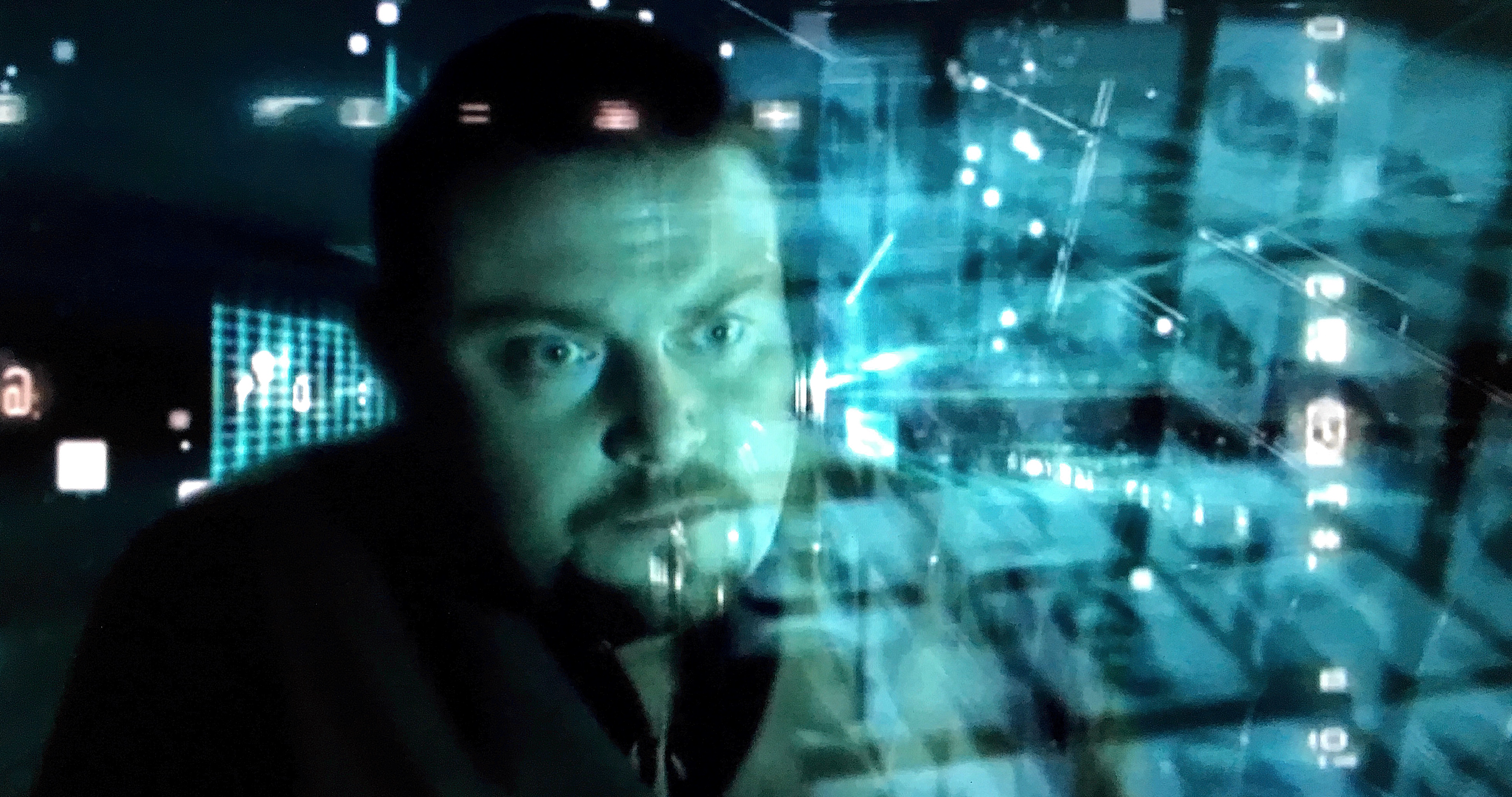Cold Feet’s Unevenly Distributed Future
Every Monday evening throughout September and October, I found myself tuning into ITV to watch the return of Cold Feet. A comedy-drama originally broadcast between 1997 and 2003, the first five series followed three thirty-something couples as they navigated the ups and downs of their respective relationships. If that sounds familiar, it was often dubbed “Britain’s answer to Friends”, and it enjoyed similar appeal.
I only watched a few episodes, but I knew enough to get excited by the prospect of its return. The idea of revisiting a set of characters several years later intrigued me, and before long I was hooked. Once the new series came to an end, I decided to watch the original episodes.
Although 13 years have passed since the original series concluded, I considered Cold Feet a contemporary drama, and much of the series supported this view. While fashions have evolved, casual clothing was as drab and unimaginative then as it is now. With parts of Manchester redeveloped after the 1996 bombing, much of scenery looks modern too – although the GMEX building was clearly a favoured backdrop.
Once technology was involved however, this illusion was blown apart. As a means of recognising how much has changed (and how much hasn’t), I noted down my observations, and I present them here. These contain spoilers, so if you want to catch up with the series yourself, probably best to do that before continuing any further.
Hello mobile
In the pilot – filmed twenty years ago – Rachel crashes into Adam’s car, signalling the start of their burgeoning relationship. Wanting to exchange contact details, and with neither having a pen or paper to hand, Rachel writes her telephone number on the rear window of Adam’s car. Driving home, a sudden rain storm threatens to wash this away, so Adam repeats it to himself in order to remember, only to forget when he has to give his own number to somebody else. This situation could be easily avoided today, and there’s a hint as to how in the first episode of series one when Pete “invests” in a mobile phone for his expectant wife, Jenny.
The second series begins six months later. Rachel has moved to London, and nobody has seen or heard from her. While this situation might be possible today, that she would need to delete her Facebook account and avoid any appearances on Google, this would make for an unlikely disappearing act.
Having arrived back in Manchester, Pete spots her in the supermarket with a baby he suspects might be her (and Adam’s) child. Needing photographic proof, he sees a disposable camera for sale, and uses this to take photos (wind and flash, wind and flash). Were this scene filmed today, a smartphone would again be involved.
Introducing the Internet
Few storylines date the second series more than that which sees Adam take out an advertisement in the local newspaper’s lonely hearts column. At one point we see Adam discuss this with Pete, who is browsing CDs at the local Virgin Megastore.

Pete logs onto the Internet.
I was just getting used to this technological dissonance, when a conversation at the start of the third series – the first to be broadcast this century – sounded oddly familiar. At a dinner party, a recently separated Jenny meets Felix, an investor who operates a technology incubator, and Robert, a dot-com entrepreneur who develops “communication systems that utilise Internet technology, but via the telephone interface as opposed to the outmoded qwerty keyboard”.
Later in this series, Pete looks to the Internet to find love. After entering a chatroom (in an overly stylised way that looks totally ridiculous today) he meets girlpower, an “attractive 26 year-old brunette woman”. This later turns out to be a 14 year-old school girl doing a project on how “modern technology is permitting new forms of deceit”. That the deception should be this way round seems quaint, but the girl’s enquiry is thoroughly relevant today.
Beyond series three, the mobile phone becomes a well established device, while the Internet gets barely another mention, besides one further scene. In this, Rachel finds the number for an adoption agency in the Yellow Pages, after Adam struggles to find the same information online. This being pre-Google, I guess his failure was understandable.
Watching these episodes, I was struck by how these technologies appear less intrusive than they do today. I’m tempted to say Cold Feet represents a simpler time, when our phones were less distracting and social networks weren’t competing for our undivided attention.
Maybe dramas aren’t best placed to truthfully represent the use of technology; if that were the case, most would now feature an array of characters looking at their phones. Still, it’s hard not to watch these early episodes without a tinge of nostalgia. Have the advances in mobile telephony and online communication brought meaningful improvements, or just smoothed out the rougher, more entertaining edges?